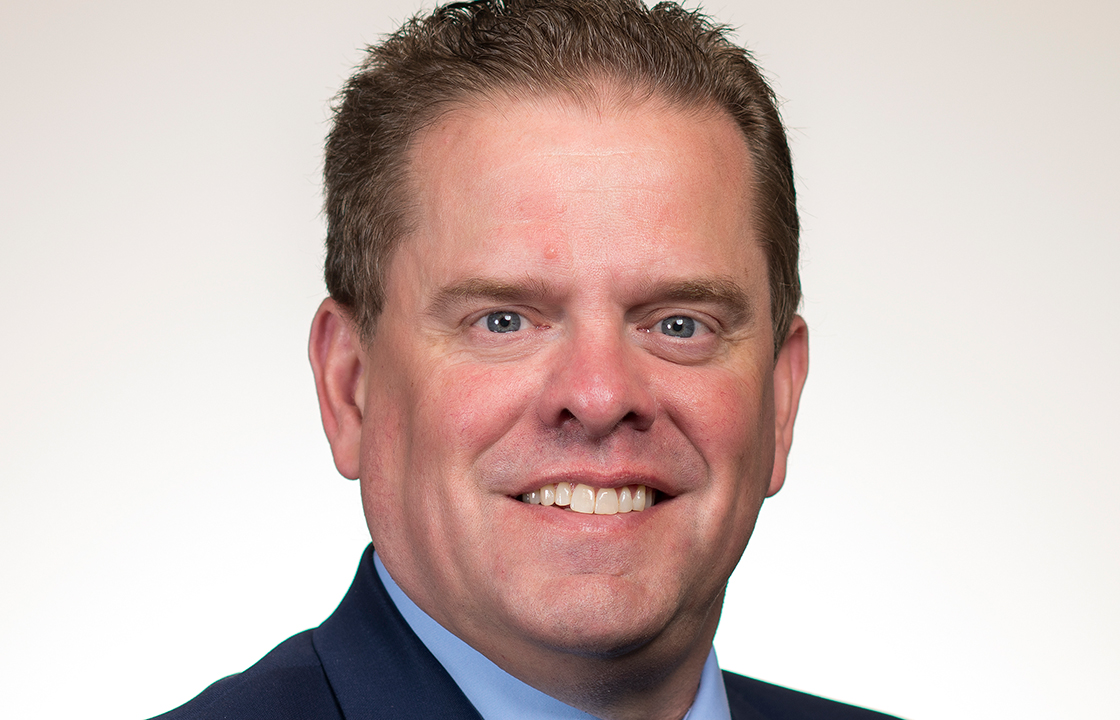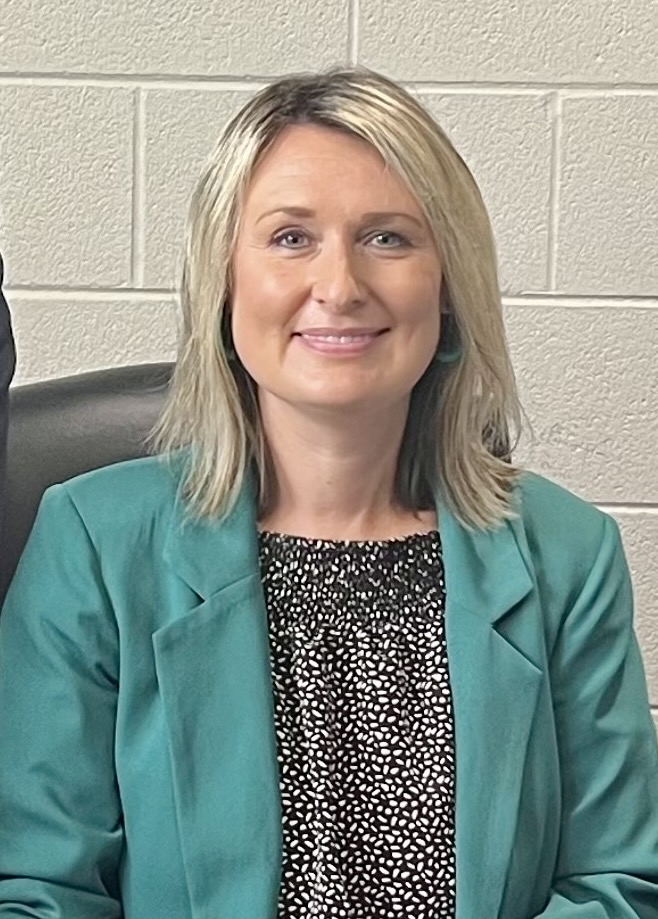
Heidi Givens
By Heidi Givens
Heidi.givens@Daviess.kyschools.us
Teacher leadership is “the process by which teachers, individually and collectively, influence their colleagues, principals, and other members of the school community to improve teaching and learning practices with the aim of increased student learning and achievement.” (York-Barr and Duke, 2004)
When selected as 2013 Kentucky Elementary Teacher of the Year, I had no idea that this recognition would take me off of my tiny island of teaching deaf and hard of hearing students to begin my journey through the entire world of education. The continuous support from administrators, especially Daviess County Public School (DCPS) special education director Robin Bush, has allowed me to jump on board the teacher leader train. Through participation on Kentucky Education Commissioner Terry Holliday’s Teacher Advisory Council and other committees, I have learned that my voice, and that of other teacher leaders, extends beyond the area of expertise. All effective educators can influence positive change in schools regardless of what they teach.
This past June, I was selected to join 47 other teachers from across the U.S. as members of the Bill and Melinda Gates Foundation’s Teacher Advisory Council (TAC). The purpose of TAC is to provide teacher voice to the various initiatives of the Gates Foundation, and to share with districts and professional learning networks what we learned from the Foundation and from the other teacher leaders.
In early December, during the semi-annual convening of TAC in Seattle, we had the incredible honor of meeting Melinda Gates. She spent time talking to us about the foundation’s educational efforts and answering our questions. The Gates believe that “education is the strongest enabler of opportunity in life.” Melinda Gates emphasized that all the work the foundation does to increase students’ college and career readiness (CCR) is centered on teachers in the classroom; as the foundation recognizes effective teachers to be the most influential factor of student achievement. They strongly believe that teachers must be actively involved and authentically valued in the creation of solutions. She shared that the TAC was formed to ensure that the work of the foundation would be shaped by the guidance of distinguished teachers so that it will be as impactful on students as possible.
Throughout my collaborative work with TAC, I have learned about many spectacular initiatives other teachers are doing in their districts and can envision these same activities elevating Daviess County Public Schools. One teacher in Pennsylvania has engaged her school in flipped faculty meetings. To do this, the principal sends brief videos to all teachers prior to the faculty meeting where he shares information from the district and other traditional “sit and get” material. Then faculty meetings are structured for Professional Learning Communities time, un-conferences, professional learning, book studies, and other engaging activities. Other teachers have shared how they are using the Design Thinking process to create solutions to problems in and out of the classroom. Teachers are using Twitter, blogs and vodcasts as alternate means for students to demonstrate their learning. Tweeting and blogging have become powerful avenues for teachers to elevate their voice and for individualized professional learning. Another teacher described how, through the power of social media, 30 art teachers from around the world collaborated to create the book If Picasso Had a Christmas Tree: An illustrated introduction to art history for children.
Teacher Leadership in Daviess County
I have seen similar teacher leadership underway in my school districts, which champions teachers as they find their voices as teacher leaders in their classrooms or at the school, district, region, state and national levels. Our school and district administrators support opportunities for teachers to lead beyond the classroom. Teachers throughout DCPS are actively engaged in finding ways to strengthen their teaching practices to improve student learning. Take the following examples:
- With collaboration from administration, teachers from Apollo High School serving as department chairs are redefining their roles to ones that focus on teacher leadership.
- Teachers also are taking on additional roles, such as literacy coach and Student Voice Survey coordinator, roles that once were reserved for assistant principals and others.
- Teachers across the district are serving as TPGES peer observers and National Board mentors to other DCPS educator. Others are actively involved in initiatives and organizations that promote teachers leadership and student achievement.
- DCPS teachers are also providing their expertise on panels and committees across Kentucky and the U.S.
- Many Daviess County teacher leaders have attended and helped plan regional, state, and national Elevating and Celebrating Effective Teaching and Teachers (ECET2) convenings.
In December, a fellow Gates TAC member and teacher in Los Angeles presented a problem her high school is having: 90 percent of students are admitted to college but only 30 percent graduate. I took this opportunity to spotlight the great work that DCPS is doing for CCR. I shared with her how each high school has a College and Career Readiness coordinator and all students have CCR in their schedule. After sharing how students learn the skills needed to thrive in college during the CCR classes, a simple email connected this teacher to Susan Colbert, DCHS CCR Coordinator, who will be assisting her in developing CCR work at her high school!
(By participating in TAC and other leadership opportunities, my teacher voice is heard and validated; it has also broadened my horizons on education throughout Kentucky and the U.S. I have learned that my knowledge and experience can support other teachers besides those who teach deaf and hard of hearing students. Through Twitter and Voxer, I maintain daily contact with the TAC members, hearing about great projects they are having students do or helping them problem solve an issue they are facing. While working through my student growth goal process over Christmas Break, I was able to reach out to ELA teachers on suggestions for Tier 2 vocabulary instruction. Writing a blog has given me an outlet to reflect on my teaching practices and leadership experiences, and to advocate for change.
It is not necessary for a teacher to be on a national committee, be recognized as a Teacher of the Year, or attend conferences all over the country to be an educational leader. Making a commitment to become a better educator and influence positive change in schools is the first step. Ask any teacher leader what being a leader means to them. I guarantee that everyone will tell you that their expertise and experience allows them to play an important role in shaping education. Ultimately, we all would agree that what we learn from these leadership experiences not only validates the work we do, but re-energizes us and makes us better teachers for our students.
Heidi Givens, an itinerant teacher of the deaf and hard-of-hearing in Daviess County Public Schools, is a former Kentucky Elementary School Teacher of the Year. She is a member of KDE’s Teacher Advisory Council, and also serves on the Bill and Melinda Gates Foundation’s Teacher Advisory Council (TAC).



Leave A Comment